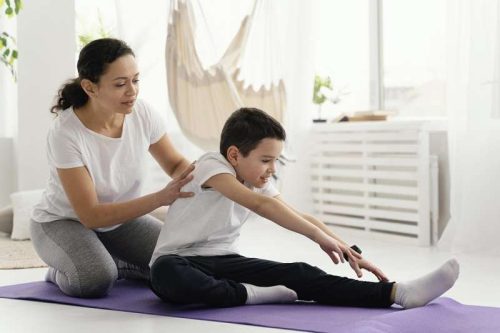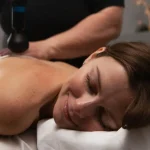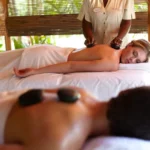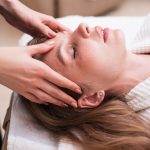Looking for a simple way to help your child feel calm and connected? Massage might be the answer.
Whether it’s a few quiet minutes before bedtime or part of a care plan for anxiety, children’s massage helps support emotional regulation, better sleep, and physical comfort. For kids with sensory sensitivities or teens dealing with stress, it can be an empowering way to feel more at home in their bodies.
This guide covers:
💆♀️ The benefits of pediatric massage therapy
🧴 How to massage children safely
👩⚕️ When to seek a professional
🧠 Autism massage techniques
🧑🎓 Massages for teenagers
🛏 Tips for building massage into your routine
Let’s get into it.
Table of Contents
💡 The Benefits of Pediatric Massage Therapy
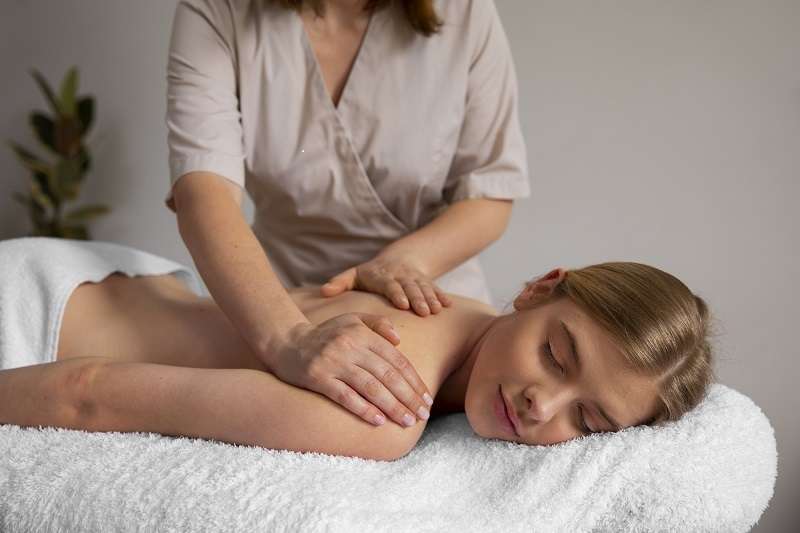
Massage is more than just relaxing—it supports your child’s emotional, physical, and cognitive development.
💛 Emotional and Mental Benefits
Pediatric massage can help:
🧘 Lower cortisol (stress hormone)
😌 Promote calm and emotional regulation
🧠 Ease transitions for kids with ADHD or autism
💬 Open communication and emotional connection
🤝 Build trust between you and your child
Many parents say massage brings their child back into balance after a long day—meltdowns become less frequent, bedtime routines feel easier, and the child becomes more responsive and relaxed.
“My daughter melts during a foot massage. It’s when she opens up about her day. I’ve learned more about her in 5-minute sessions than hours of talking.” — Natalie, parent
💪 Physical Benefits
Massage also supports the body:
🤸♂️ Eases muscle soreness from growth or activity
💨 Improves circulation and lymph flow
🦴 Enhances posture and flexibility
🦠 Supports immune function
🛌 Reduces headaches or digestive discomfort
🏃♂️ Speeds up recovery after minor injuries or intense activity
Kids don’t always have the language to express tension, but you’ll often see a shift after massage—looser shoulders, calmer energy, deeper sleep.
🧠 Cognitive and Sensory Support
Massage helps calm the body, which supports clearer thinking and better focus.
📚 Improves concentration and attention
🎯 Increases body awareness
💡 Supports executive functioning
🎨 Encourages creativity and imaginative play
🔊 Helps integrate sensory input more smoothly
Especially for neurodivergent kids, pediatric massage therapy can be a valuable part of their self-regulation toolkit.
🎯 Conditions Pediatric Massage Can Support
Massage is a gentle, supportive option for many everyday challenges:
😟 Anxiety and emotional stress
💤 Trouble falling or staying asleep
🧠 ADHD and impulsivity
🔊 Sensory processing challenges
🌈 Autism spectrum support
🏃♀️ Sports soreness or fatigue
😣 Digestive discomfort or constipation
🧴 Growing pains and tight muscles
🩹 Post-surgical healing (with medical clearance)
It’s not a replacement for therapy or medical care—but it’s a low-pressure, low-risk complement to both.
How to Prepare for a Child Massage
Before you begin, set up a calm space and keep your child involved.
🛏 Choose a quiet, warm room
🧴 Use a safe oil—coconut, almond, or grapeseed work well
🎵 Play soft background music or nature sounds
🧸 Let them hold a favorite stuffed animal
🗣 Explain the process in simple words
👀 Watch how they respond—body language matters as much as words
Massage should always feel safe, predictable, and child-led. Let them say no at any time.

Massage Techniques for Kids (You Can Do at Home)
No formal training needed—just go slow, be gentle, and stay connected.
💆♂️ Long gliding strokes (legs, arms, back)
🔄 Gentle circles (shoulders, back, feet)
👍 Thumb rolling on tight spots (calves, forearms)
👋 Light tapping (hands, back)
🧠 Scalp rubs or temple massage
Great Focus Areas
🦶 Feet: grounding and calming before bed
👐 Hands: good for anxious or fidgety children
💪 Shoulders and neck: hold a lot of tension
🦵 Legs and back: ideal after activity or long days
Avoid the chest, inner thighs, or belly unless trained or guided by a licensed pediatric therapist.
Autism Massage: Gentle Support for Sensory Needs
Children with autism may be hypersensitive to touch—or crave deep, consistent pressure. Autism massage works when it’s predictable, soothing, and child-led.
🎯 Use slow, firm strokes in the same pattern each time
🤲 Avoid light touch unless the child seeks it
🧩 Focus on preferred areas—hands, feet, shoulders are often calming
🗓 Try doing massage at the same time daily (e.g., before bed)
🛑 Stop if they seem overstimulated or resistant
Massage can help with:
😌 Reducing sensory overload
💤 Improving sleep quality
🧘 Calming repetitive movements or agitation
🤝 Building tolerance to touch and trust
💬 Strengthening nonverbal communication
Consider working with a trained professional in autism and massage therapy for best results.
Massages for Teenagers
Teens deal with constant change—physical growth, emotional stress, and social pressure. Massage can support them with:
🧍♂️ Better posture and body alignment
🧠 Reduced anxiety and emotional tension
🏃♀️ Muscle recovery after sports or workouts
💤 Improved sleep and rest
📱 Less screen-related muscle tension
🪞 Increased body awareness and confidence
Why a Professional Is Best
Most teens are more comfortable working with a trained pediatric massage therapist who understands their stage of development.
👩⚕️ Sessions are private and consent-based
📋 Therapists can adapt techniques for growth changes
💬 Teen gets control over the pace and areas touched
🧭 Safe, neutral space outside the family dynamic
Invite your teen to help choose the therapist, and let them set boundaries around what feels comfortable.
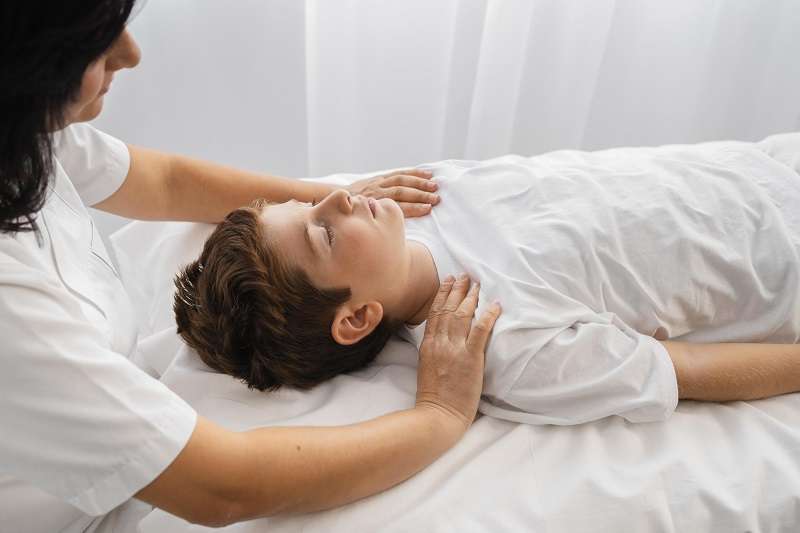
🔍 How to Find a Pediatric Massage Therapist
Not all massage therapists are trained to work with children. Here’s what to look for:
🎓 Licensed Massage Therapist (LMT) with pediatric or adolescent certification
🏡 A warm, calm, clean space with kid-friendly energy
🗣 A therapist who explains everything in advance
📞 Willingness to speak with you and answer your questions
🧠 Experience with neurodiverse children if needed
Ask questions like:
✅ Have you worked with kids in this age range?
✅ How do you approach touch sensitivity or anxiety?
✅ Can I stay in the room during the session?
Start your search at AMTA’s Therapist Finder
🛏 Sample Bedtime Massage Routine
Try this 5–7 minute wind-down ritual before bed:
🦶 Massage feet with slow circular strokes
🦵 Use long strokes up the legs
🧍 Glide palms down the back (avoid the spine)
👐 Knead hands and wrists gently
🧠 Finish with a soft scalp rub or a forehead stroke
🤗 End with a snuggle, a calm “thank you,” or simply sitting close
Predictability helps kids settle. Repeat the same order each time if possible.
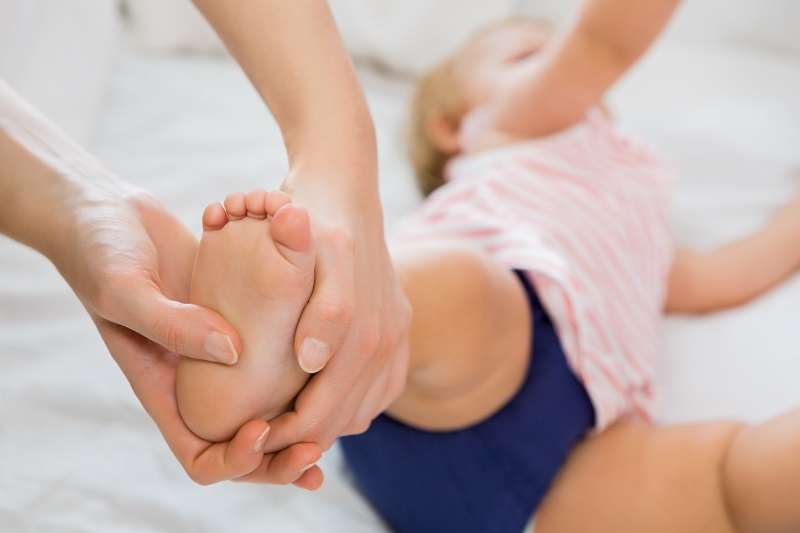
🧸 Aftercare for Massaging Kids
What happens after the massage is just as important as the massage itself. Aftercare helps your child feel safe, supported, and fully integrated in their body again.
🕊 Be Patient
Massage can bring up big feelings, especially for sensitive kids. Some may feel energized, others a little emotional. Stay close, calm, and present.
🧃 Offer Water or a Snack
Massage moves lymph and circulatory flow. A small drink or healthy snack can help their body adjust and rehydrate.
🧩 Let Them Move or Play
Kids often want to bounce around after stillness—and that’s normal. Let them stretch, play, or run if they need to shake off extra energy.
🤗 Provide Comfort and Reassurance
Sit with them for a few minutes after. A gentle cuddle, shared silence, or reading a book together can help them ease back into the moment.
💬 Talk About the Experience
Ask simple questions like:
“How did that feel?”
“Was there a part you liked best?”
This helps them connect emotionally to their body and feel involved in the process.
💡 Reflect on the Benefits
Gently point out the positives:
“You looked really relaxed after your foot massage.”
“I noticed you fell asleep more quickly tonight.”
This helps them link massage with calm, safety, and self-care.
🌟 Use Positive Reinforcement
End on an affirming note:
“You did a great job letting me know what you liked.”
“I’m really proud of how you listened to your body.”
🚫 Common Myths About Children’s Massage
“Massage is only for adults.”
Not true—kids benefit physically, emotionally, and mentally from massage.
“You need a professional to do it right.”
Professionals are great, but even short, parent-led massage routines can help.
“My child hates touch, so massage won’t work.”
Massage can be tailored for sensory sensitivity. Even massaging just the feet or hands is a start.
“Massage is awkward for teens.”
Many teens enjoy the private, supportive experience of working with a therapist—especially when they help shape the session.
❓ Frequently Asked Questions
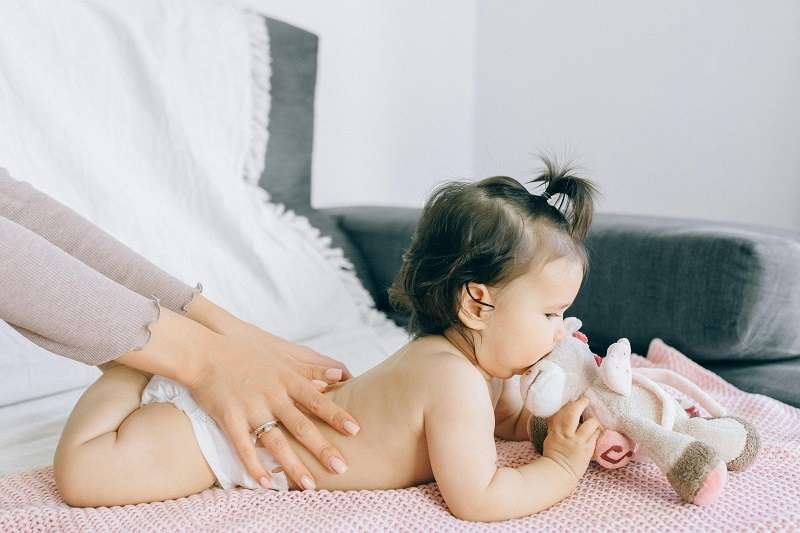
When can I start massaging my child?
You can begin as an infant, using baby-safe methods. As your child grows, adjust techniques and always ask for permission.
How often should massage happen?
1–2 times per week is a great place to start. Even five minutes a day can make a difference.
Can massage help my child sleep better?
Yes. Massage before bed lowers stress, helps the body relax, and signals the brain that it’s time to wind down.
What oils are safe for children?
Use natural, unscented oils like coconut, almond, or grapeseed. Avoid essential oils unless guided by a pediatrician or therapist.
Is massage helpful for ADHD or anxiety?
Many kids with ADHD or anxiety find massage helps them regulate energy and feel more grounded.
What if my teen feels awkward about it?
Let them choose. Offer massage as an option, and let them work with a professional if that feels better.
✨ Final Thoughts
Massage isn’t about doing it perfectly—it’s about being present.
It’s a way to say, without words:
“I’m here.”
“You’re safe.”
“You can relax now.”
Whether you’re massaging a toddler’s back before nap time or helping your teen manage school stress, pediatric massage is one of the simplest, kindest tools you can offer.
Start small. Stay consistent. Let your child lead.
📖 Also Read:
📚References
- Field, T. (2019). Pediatric massage therapy research: A narrative review. Children, 6(6), 78.
- American Massage Therapy Association (AMTA) – Pediatric Massage Overview
- Field, T. (2002). Massage therapy for infants and children. Journal of Developmental & Behavioral Pediatrics, 23(4), 231–237.
- National Institutes of Health – Massage Therapy for Health Purposes
- Upledger Institute – CST and Autism Programs
- How Massage Can Help Children With Stress, Anxiety, and Depression
- Massage – Wikipedia
⚠️ Disclaimer:
This article is for informational purposes only and does not constitute medical advice. Always consult with a licensed healthcare provider or certified massage therapist before beginning any new treatment, especially if you have pre-existing health conditions or concerns.

